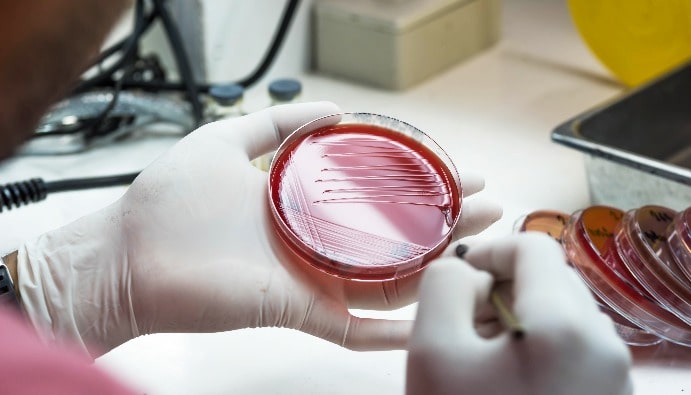
BLOG
KATEGORİDEKİ DİĞER YAZILAR

Listeria is a genus of bacteria known for some of its species, notably Listeria monocytogenes. These bacteria are a major cause of foodborne illness, which can pose serious threats to human health. Listeriosis is a serious infectious disease caused by the listeria bacteria and most often affects the following risk groups
Listeria monocytogenes is a type of bacteria that can grow and multiply in food, so it can survive and reproduce even in particularly cold environments. This feature increases its importance in food production and storage.
Listeria is a disease caused by all food products produced under unhealthy and inappropriate conditions. The genus Listeria includes 6 species. The only Listeria species pathogenic to humans is Listeria monocytogenes. Listeria spp. are very common in nature. They can be found and grow in soil, water, milk, red and white meat, leaf tissues of some green leafy vegetables.
In particular, Listeria monocytogenes is one of the most important foodborne pathogens causing disease in humans and animals. Listeria monocytogenes has the ability to grow and multiply at refrigerator temperatures, and it is a major problem especially in ready-to-eat foods. It is known that Listeria monocytogenes can multiply at refrigerator temperatures and can survive for several months in humid environments and up to two years in salty and dry environments.
In the analysis of L. monocytogenes, a presence/absence test is performed on 25 g of sample. L. monocytogenes in foods should never be present in ready-to-eat foods for infants and special medical purposes. No more than 100 cfu/g of L. monocytogenes should be detected during the shelf life of prepared foods.
Nanolab Laboratories Group continues to provide services within the scope of Listeria spp. Search in Foods. We also provide services in Rope Spore Census in Foods.
Contact us for more information.
You can follow us on LinkedIn for up-to-date news and posts about our services.
Follow our Instagram account to be informed about our latest blog posts.